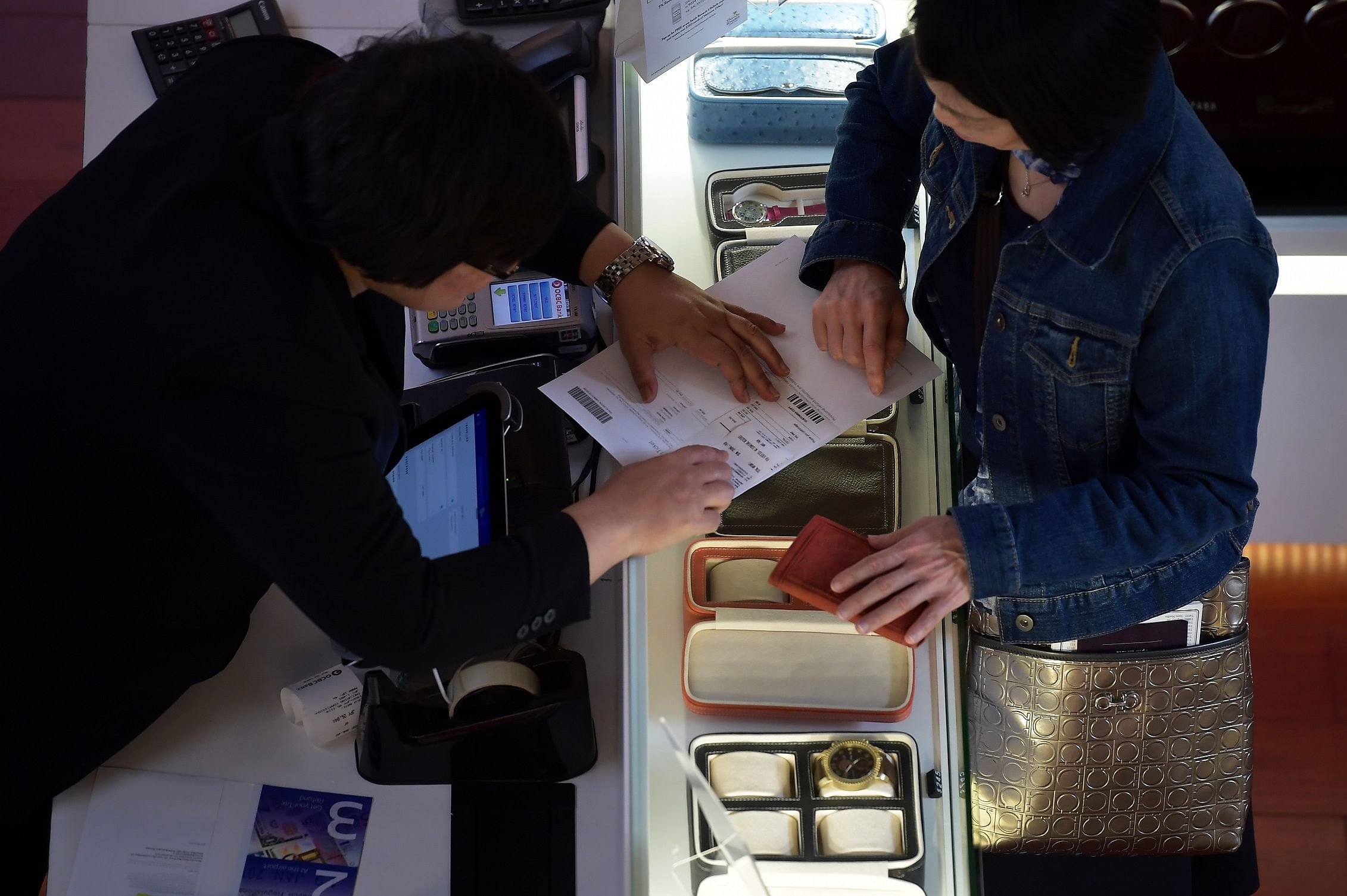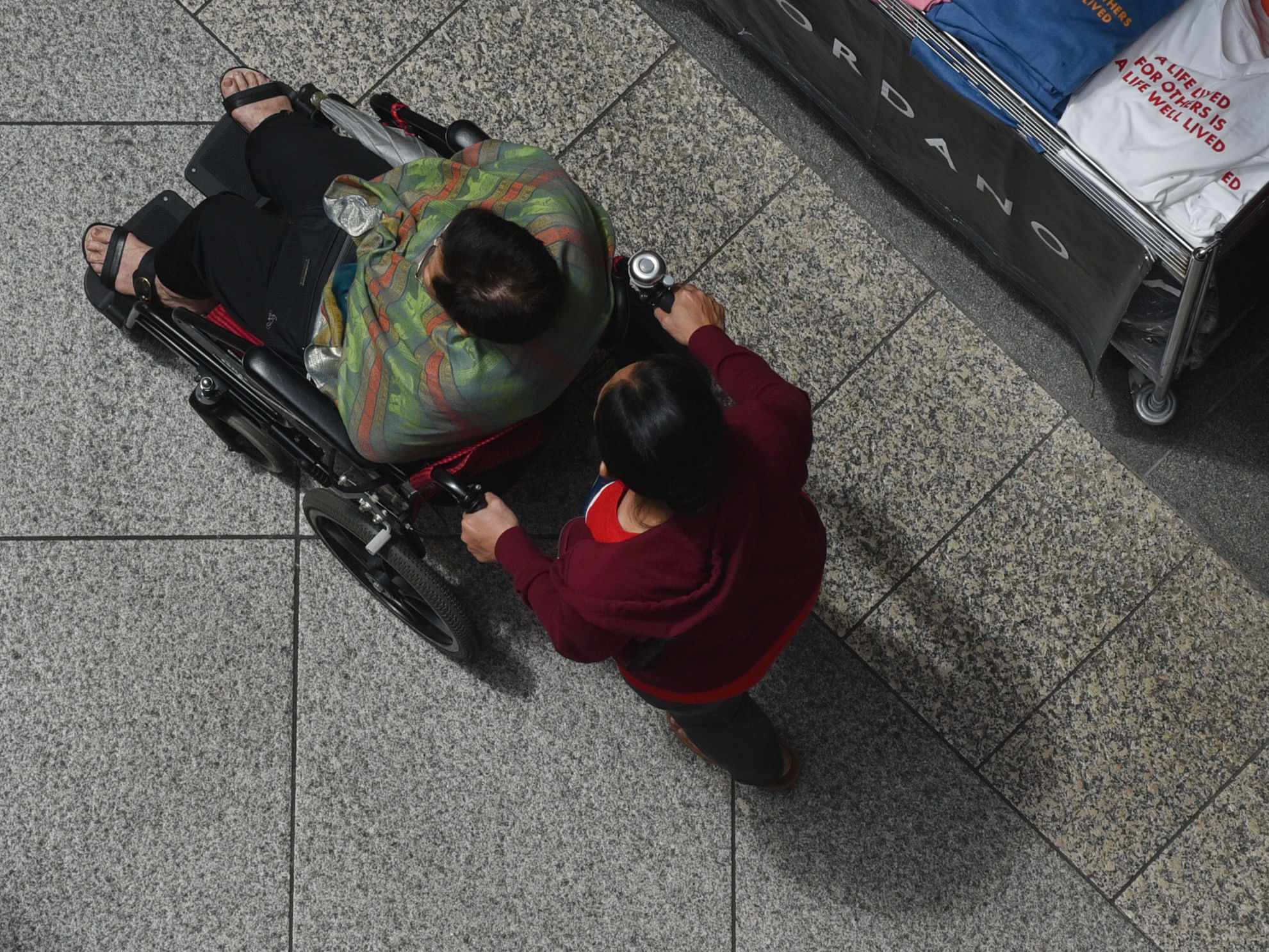From Bicentennial Bonus to Merdeka Generation Package: 10 things to know from Budget 2019
Sign up now: Get ST's newsletters delivered to your inbox
Ng Huiwen
Follow topic:
SINGAPORE - Finance Minister Heng Swee Keat's fourth Budget speech was a wide-ranging and forward-looking one, with a strong focus on building a strong and united nation in the face of global changes.
Details of the much-discussed Merdeka Generation Package were released, along with a slew of benefits for Singaporeans young and old as the country marks its bicentennial year.
Mr Heng, who delivered his speech in Parliament on Monday (Feb 18), also announced measures to help businesses, workers and families.
Curious about what's in store for you in this year's Budget?
Here are 10 things you need to know.
1. $1.1 billion Bicentennial Bonus

Singapore's bicentennial year will bring a crop of benefits for a wide range of citizens, from lower-income individuals to parents with schoolchildren to those in their silver years.
- Singaporeans will get more help with their daily living expenses with a GST cash voucher of up to $300, depending on their assessable income and the annual value of their home. About 1.4 million citizens will benefit from this.
- Lower-income workers will receive a Workfare Bicentennial Bonus. They will get cash of an additional 10 per cent of their workfare income supplement payment for work done last year, with a minimum payout of $100.
- Middle-income earners will get a 50 per cent personal income tax rebate, capped at $200, for the Year of Assessment 2019.
- For parents with school-going children, a $150 top-up will be made to their child's Edusave accounts if they are in primary or secondary schools.
- Singaporeans between the ages of 17 and 20 will receive a top-up of up to $500 in their Post-Secondary Education Accounts, which can be used to support the costs of a child's tertiary education.
- About 300,000 older Singaporeans, who are mostly women, will also see a top-up of between $300 and $1,000 in their Central Provident Fund accounts.
The top-up will apply to Singaporeans aged 50 to 64 who have less than $60,000 of retirement savings in their CPF accounts. This will be credited into their Special Account for those between 50 and 54 years old, and the Retirement Account for those aged 55 to 64.
2. Merdeka Generation Package

About 500,000 Singaporeans who belong to the nation-building Merdeka Generation will receive a boost to help them stay active in their silver years, and give them better peace of mind over future healthcare costs.
The Merdeka Generation Package, for those born in the 1950s, is expected to cost the Government more than $8 billion, with $6.1 billion being set aside for the package at this year's Budget.
Those eligible will be notified by April, and will receive their Merdeka Generation cards from June.
- First, the Government will provide a Medisave top-up of $200 a year for five years, from this year to 2023. This is in addition to the GST Voucher - Medisave top-ups that eligible seniors 65 years old and above already receive each year.
- Second, there will be a one-off $100 top-up to the PAssion Silver Card, which can be used to pay for activities and facilities at community clubs, entry to public swimming pools and public transport fees.
- Other benefits for the Merdeka Generation seniors will include additional subsidies for outpatient care for the rest of their lives.
Regardless of their income, they will receive special Community Health Assist Scheme (Chas) subsidies for common illnesses, chronic conditions and dental procedures. These subsidies are higher than the subsidies for blue Chas card holders, who are those with a per capita monthly household income of $1,100 or less.
When visiting polyclinics and specialist outpatient clinics, they will also be able to get 25 per cent off their bill, on top of prevailing subsidies available.
- Merdeka Generation seniors will also have additional subsidies for their MediShield Life premium for life. This will be from 5 per cent of their annual premiums from age 60, increasing to 10 per cent after they turn 75.
The total subsidy will range from $31.50 to $390 for those between 60 and 75. The range will be between $113 and $918 for those 76 and above.
- Those who join CareShield Life, when it becomes available from 2021, will get a $1,500 incentive on top of the $2,500 previously announced. This means that they will get a total of $4,000 each in participation incentives.
- Singaporeans younger than the Merdeka Generation will have a head start in saving for future healthcare expenses, too, with a Medisave top-up of $100 a year for the next five years. Eligible Singaporeans are those aged 50 and above in 2019 who did not receive the Merdeka Generation Package or the Pioneer Generation Package.
3. Support for firms to scale up, funding for SMEs

A Scale-up SG Programme for local firms to build new capabilities, innovate and venture into new markets was also announced this year. This will be launched by Enterprise Singapore in partnership with the private and public sectors.
A new pilot Innovation Agents programme will also allow firms to tap a pool of experts for advice.
Singapore-based small and medium-sized enterprises (SMEs) which are ready to scale up can tap the SME Co-Investment Fund III, which builds on the work of similar earlier funds.
The Government has set aside an additional $100 million for this fund, which is part of the Co-Investment Programme launched in 2010 aimed at catalysing private-sector funding in these SMEs.
Mr Heng expects the new fund will bring in another $200 million for these firms.
New Professional Conversion Programmes for mid-career workers to enter new areas in blockchain, embedded software and prefabrication will also be launched, and the Career Support Programme to help firms hire mature and retrenched or long-term unemployed workers will be extended for two years.
4. Reducing the reliance on foreign workers in the services sector

To better manage manpower growth in the services sector, the workforce quota for this sector will be reduced in two steps starting next year.
The dependency ratio ceiling (DRC) - a quota setting the maximum number of foreign workers a firm can hire for every full-time local worker it employs - will be lowered from 40 per cent to 38 per cent on Jan 1 next year.
This will be lowered again to 35 per cent on Jan 1, 2021.
The tighter ratio will also place a cap on the number of S Pass holders companies can hire in the next two years - from the current 15 per cent to 13 per cent on Jan 1 next year, and to 10 per cent in Jan 1, 2021.
The DRC will remain unchanged for other sectors, such as construction, process and marine shipyard.
To help firms adjust to these foreign workforce policy changes, the Government will extend the enterprise development grant for another three years, till March 31, 2023.
The grant, which was announced at last year's Budget, provides local enterprises up to 70 per cent government funding to undertake projects for their growth and transformation.
The scope of the productivity solutions grant will also be expanded to support up to 70 per cent of the out-of-pocket costs for training.
An earlier-announced increase in foreign worker levy rates for the marine shipyard and process sectors will be deferred for another year.
5. Chas subsidies to be enhanced

More details on the expansion of Chas, which currently offers lower- and middle-income families subsidies on primary care and basic dental care, were revealed.
At last year's National Day Rally speech, PM Lee announced that Chas subsidies will be expanded to cover all Singaporeans with chronic conditions, regardless of income.
Mr Heng said that lower- to middle-income Singaporeans who are orange Chas card holders will now be able to get subsidised costs for common illnesses.
Previously, they received only subsidies for chronic conditions.
Those with complex chronic conditions will also have their subsidies increased.
The changes to Chas subsidies will cost the Government more than $200 million a year.
6. Another $3.1 billion to fund long-term care support measures

Some $5.1 billion will go into a Long-Term Care Support Fund to help Singaporeans with CareShield Life premium subsidies and other forms of long-term care support, such as ElderFund.
Mr Heng last year earmarked $2 billion for this fund. This year, he announced that another $3.1 billion will be put aside.
The cash assistance rates for those under the ComCare Long-Term Assistance scheme, also known as public assistance, will be raised. The scheme provides basic monthly cash assistance to support the living expenses of those who are permanently unable to work and have little family support.
For instance, a two-person household, where both are on the scheme, will receive an additional $130 a month, bringing the total cash assistance to $1,000 monthly.
7. Rebates for service and conservancy charges for another year

About 930,000 eligible Housing Board households will receive 1½ to 3½ months of rebate on their service and conservancy charges for another year.
This is expected to cost $132 million.
Households whose members own more than one property are not eligible for the rebate.
The Public Transport Fund will also receive a $10 million boost and continue to help commuters with transport expenses, including public transport vouchers for lower-income families.
8. Tightened GST import relief for travellers, stricter alcohol duty-free concession

From Tuesday, travellers who spend 48 hours or more abroad, including Singaporeans returning overseas, will have to pay goods and services tax (GST) if the items they bought overseas cost more than $500.
Previously, this group of travellers enjoyed GST relief if the value of their goods was up to $600.
For travellers who spend less than 48 hours outside Singapore, the value of the goods bought overseas that can enjoy GST relief will be reduced from $150 to $100.
The tightening of the GST import relief for travellers comes amid rising international travel, Mr Heng said.
The amount of alcohol that travellers are allowed to bring in duty-free will also be reduced from three litres to two litres from April 1.
The maximum duty-free allowance for spirits remains at one litre.
9. Excise duty for diesel raised from 10 cents per litre to 20 cents

The move is aimed at encouraging users to reduce their diesel consumption.
To cushion the impact of the increased diesel duty, the Land Transport Authority announced that the annual special tax levied on diesel cars and taxis will be permanently reduced by $100 and $850, respectively.
Diesel buses and goods vehicles will also be given new road tax rebates over the next three years, with additional cash rebates for owners of diesel school buses and eligible private-hire or excursion buses used to ferry school children.
10. Higher payouts for lower-wage, older workers

Lower-wage workers are set to receive higher payouts under the Workfare Income Supplement (WIS) next year.
Aimed at helping them supplement their income and CPF savings, the enhanced WIS will see their maximum annual payouts increase by up to $400.
This means that employees will be able to receive up to $4,000 a year in WIS payouts, depending on their age and income. This measure will take effect from January 2020.
The qualifying income cap for the programme will also be raised from the current $2,000 to $2,300 a month.
Older worker will continue to receive higher payouts than younger workers.
These enhancements will cost an additional $206 million a year, or a total of $1 billion a year. Almost 440,000 Singaporeans stand to benefit from this.

